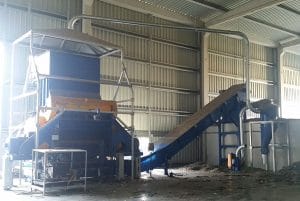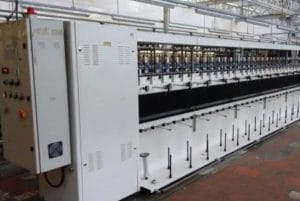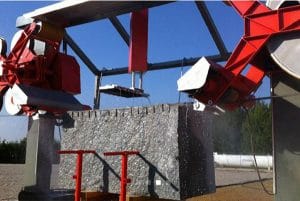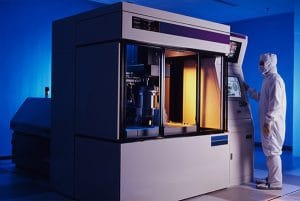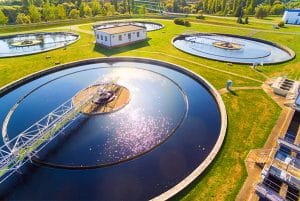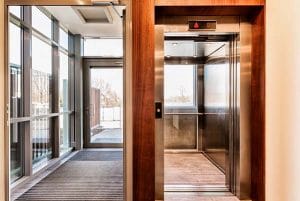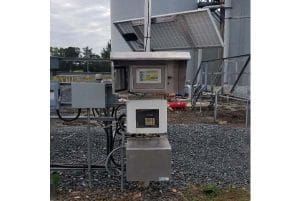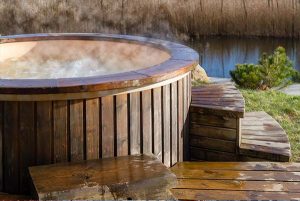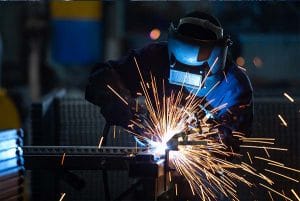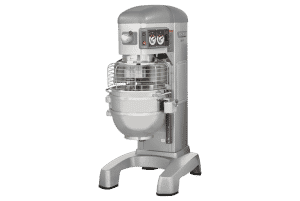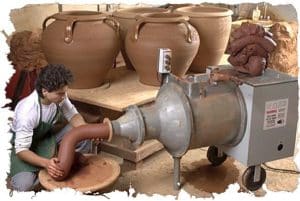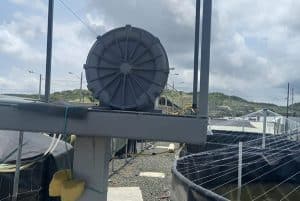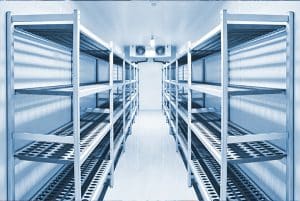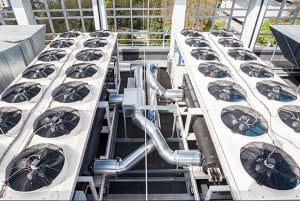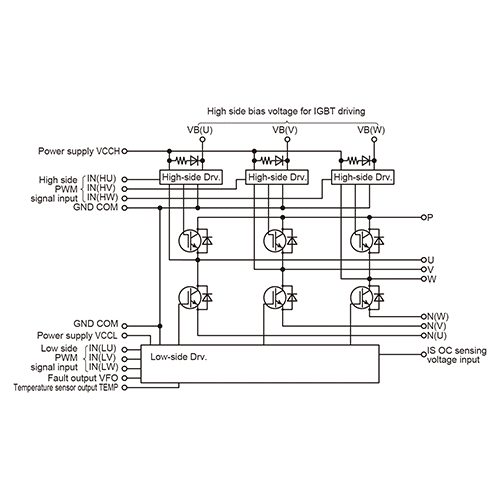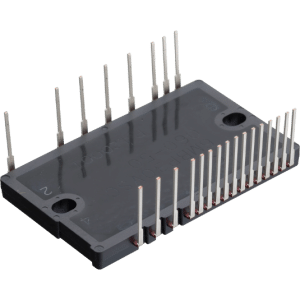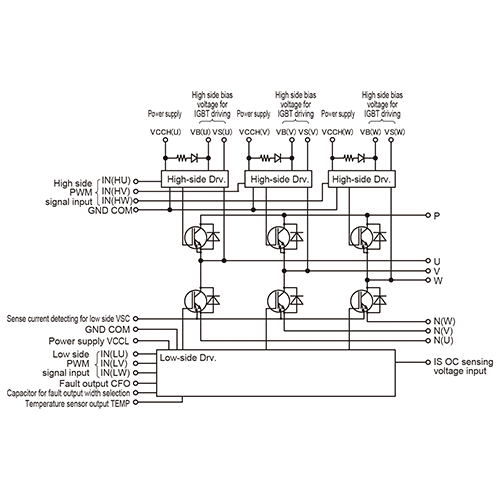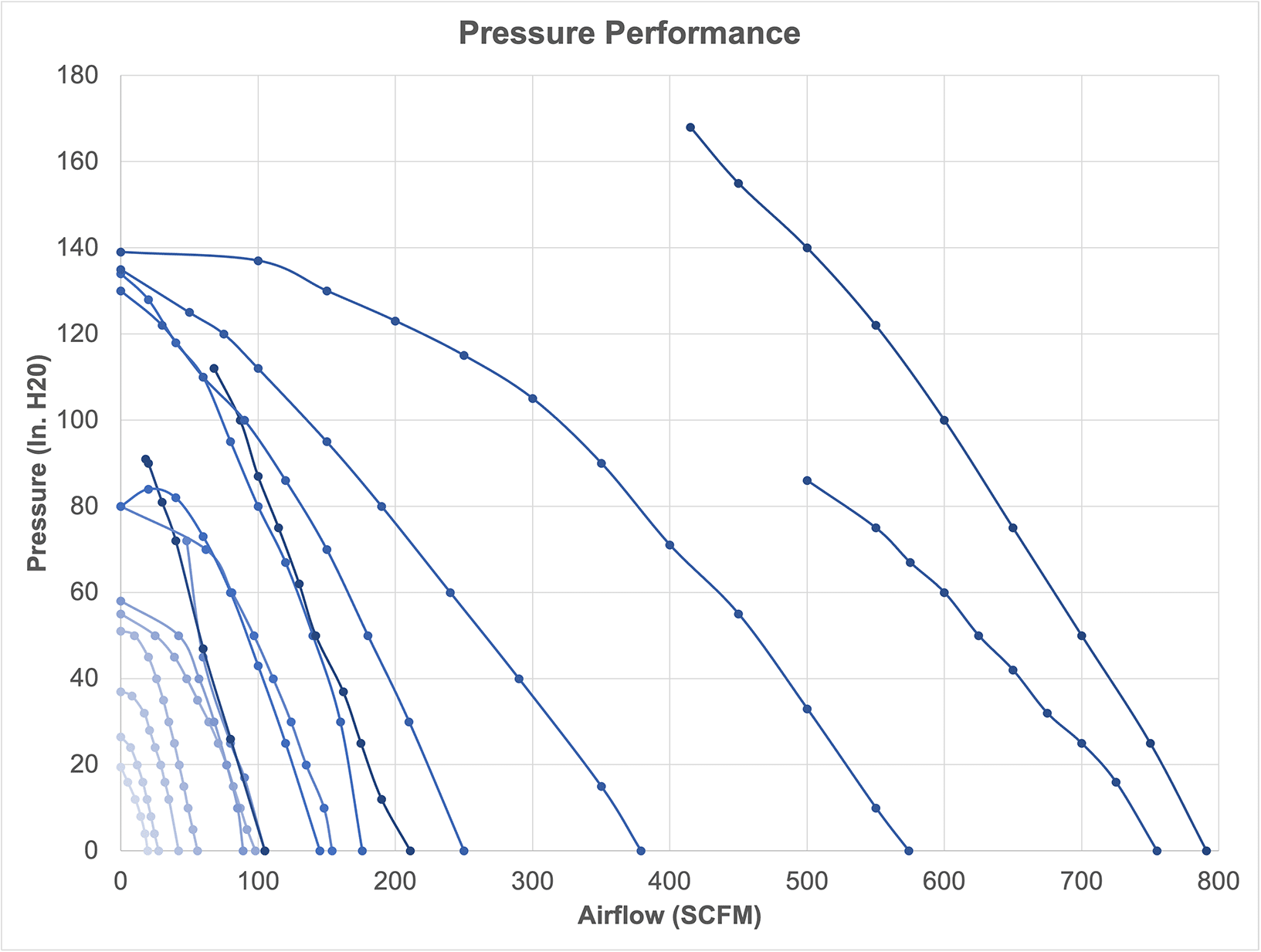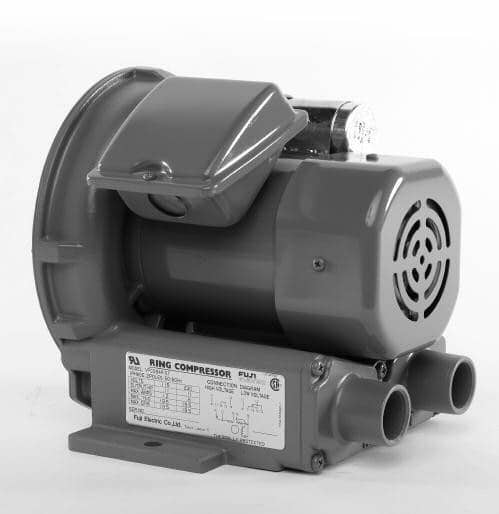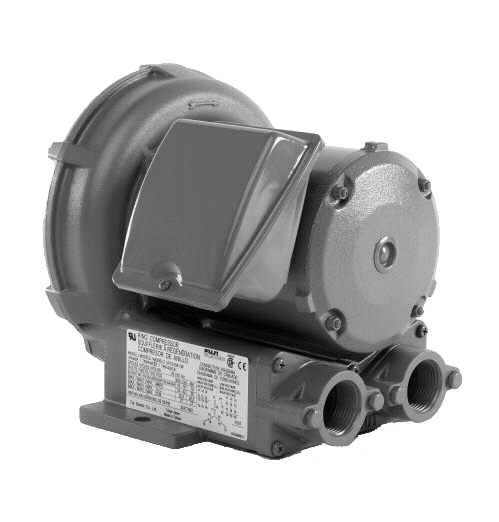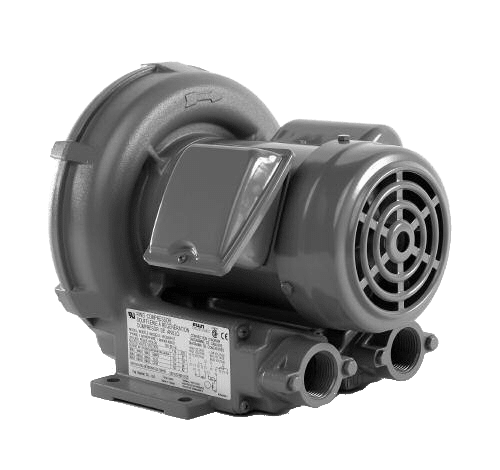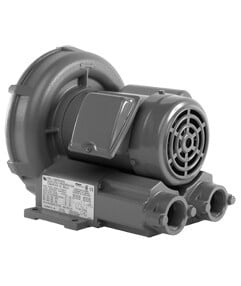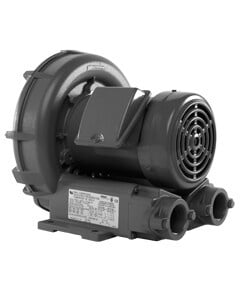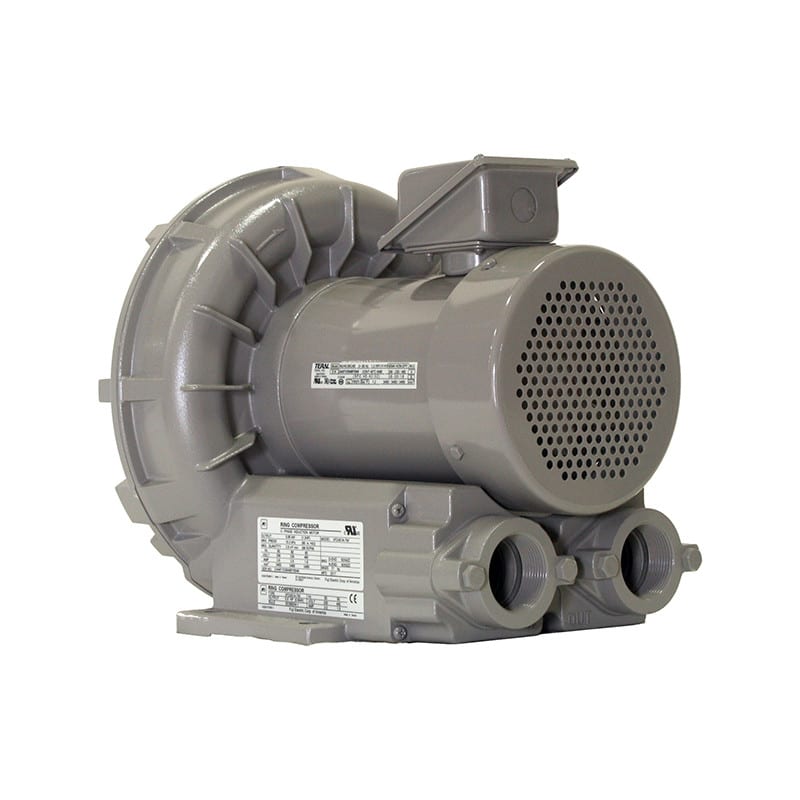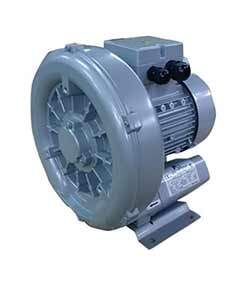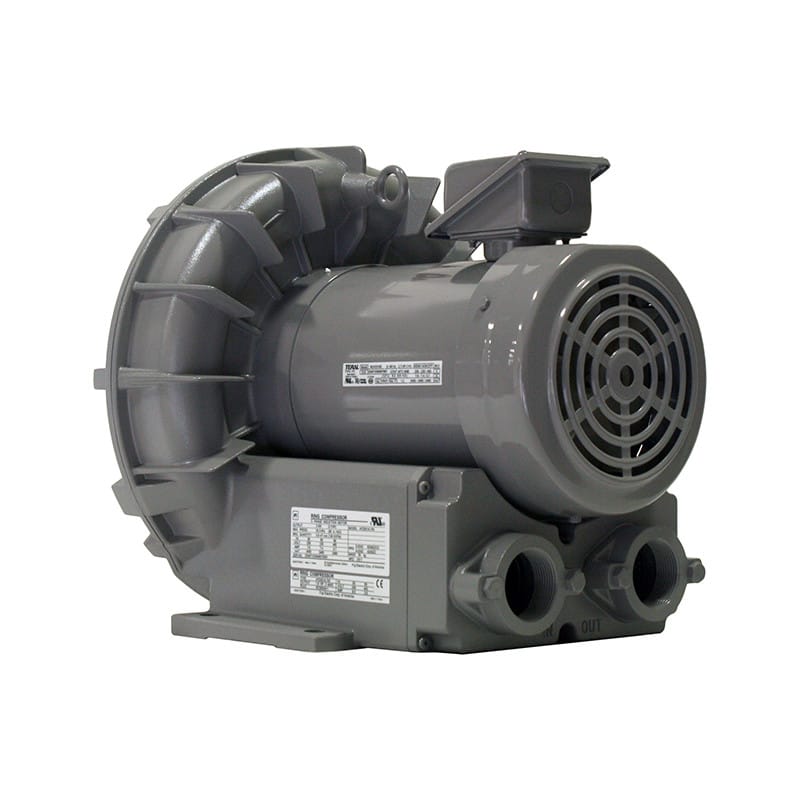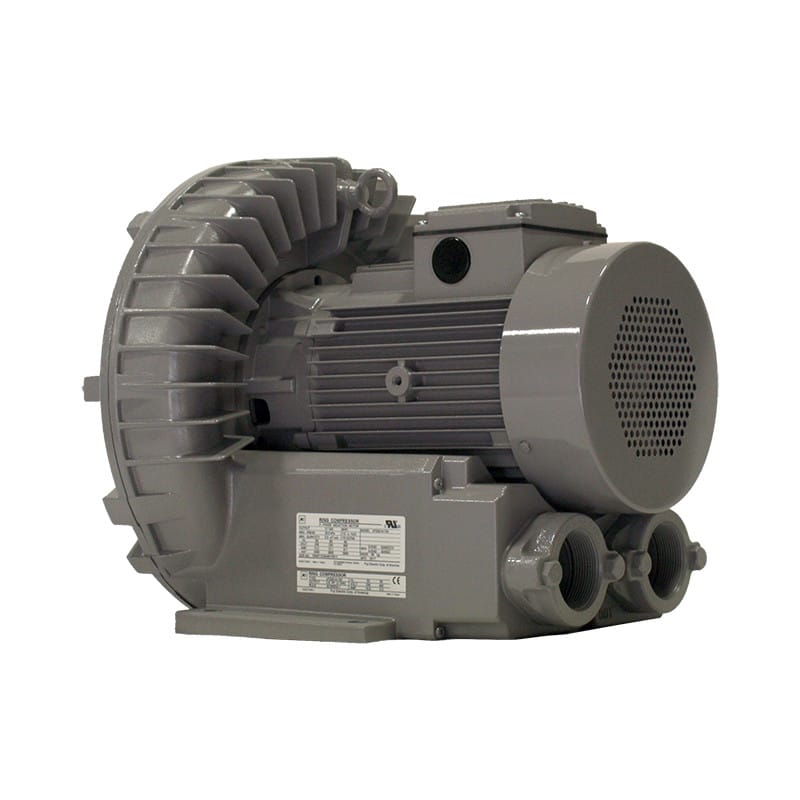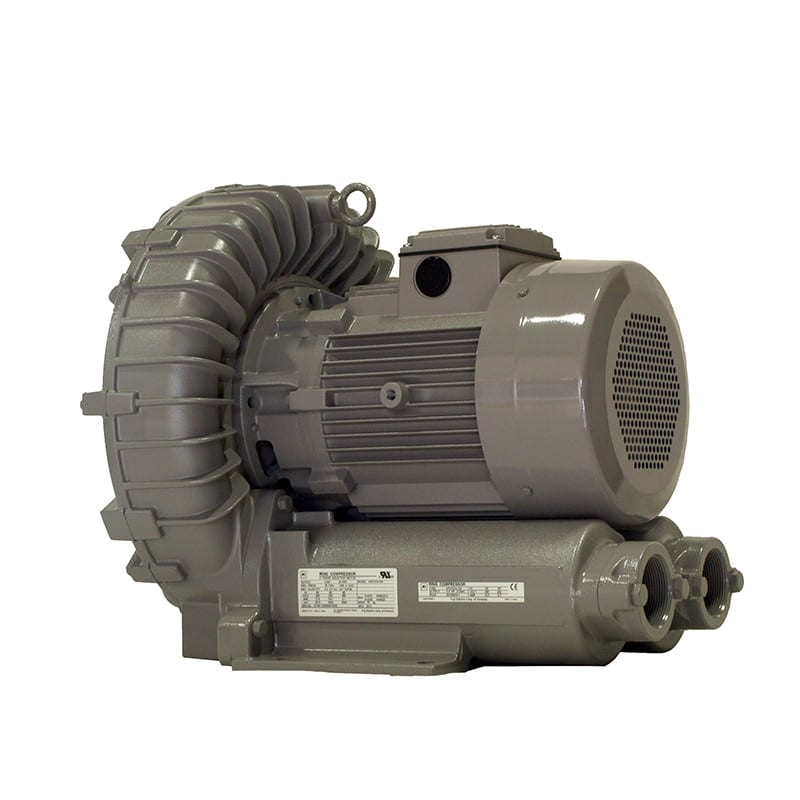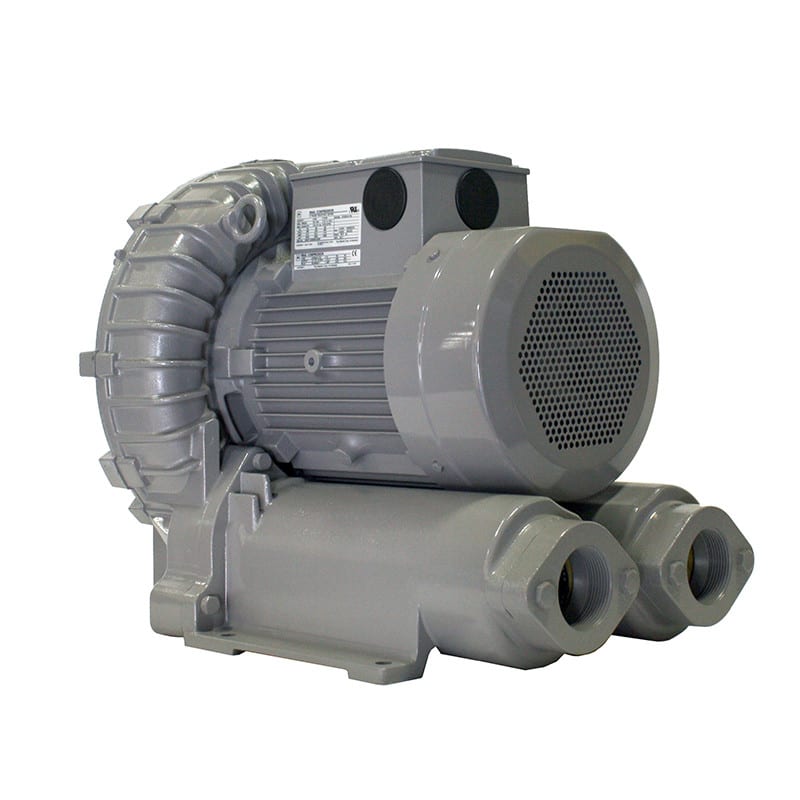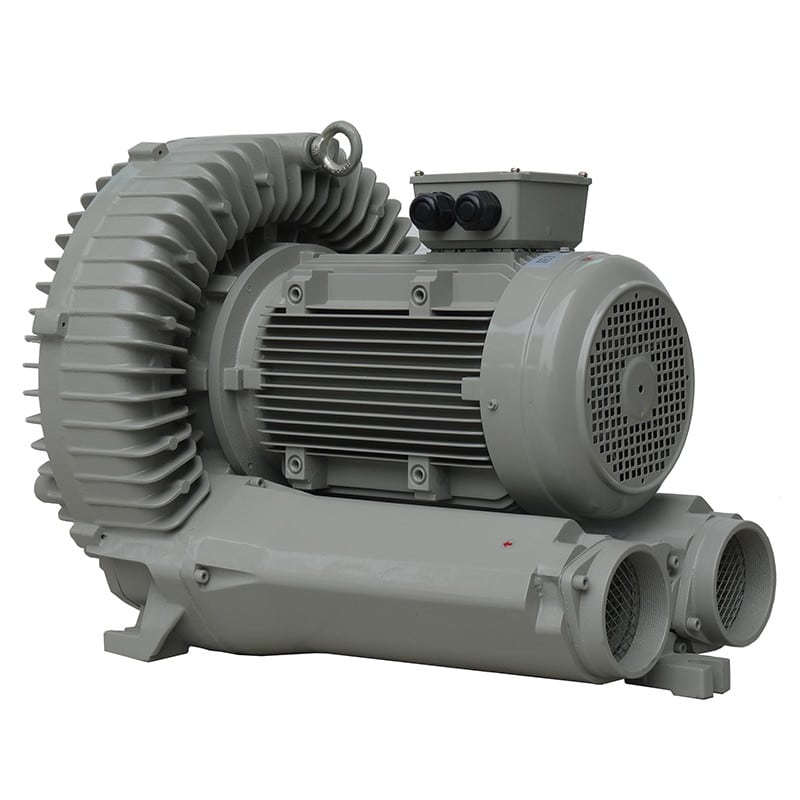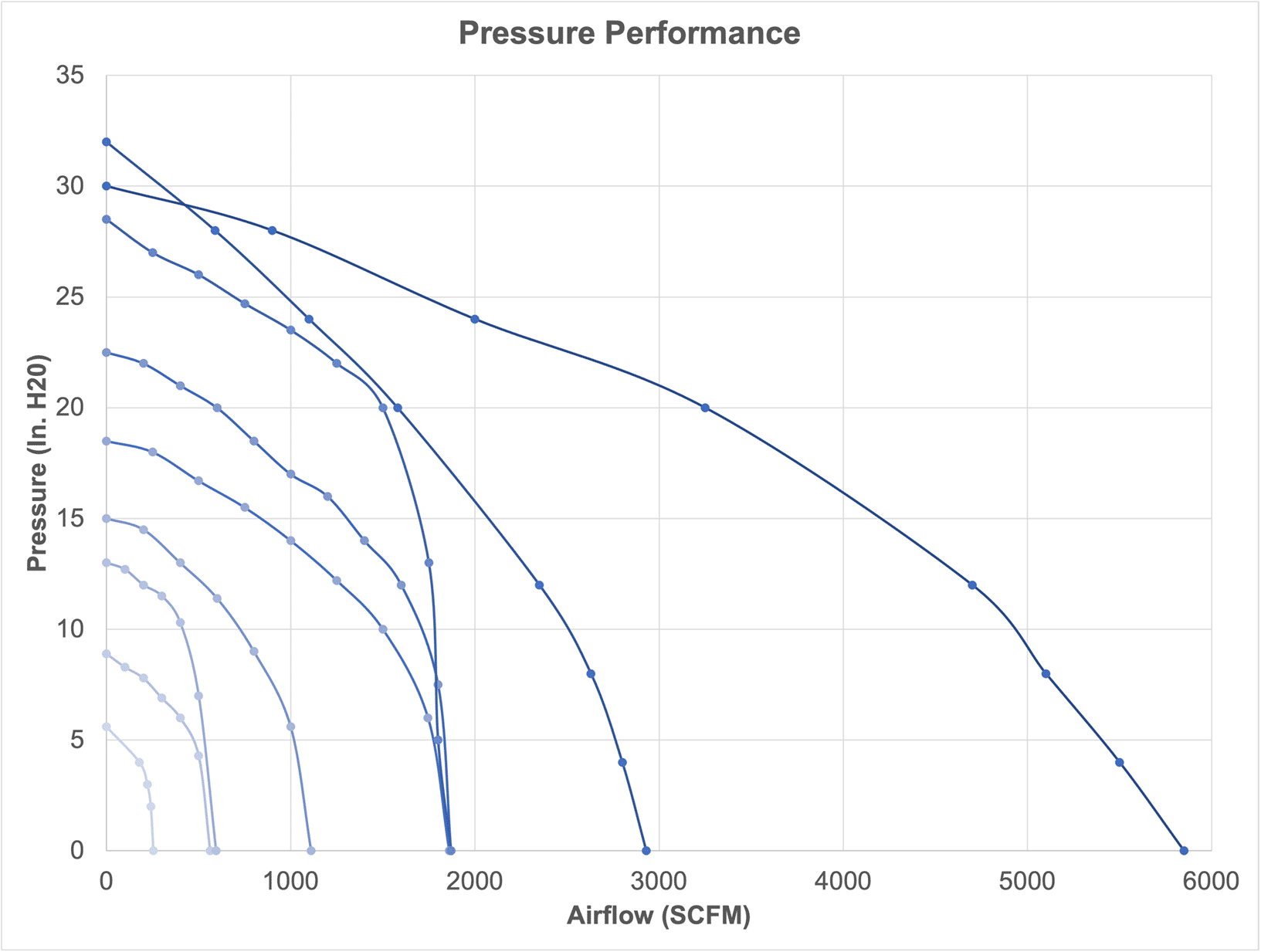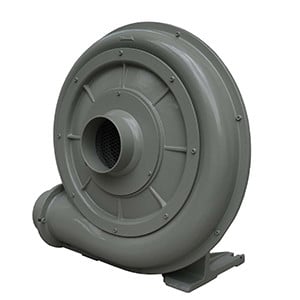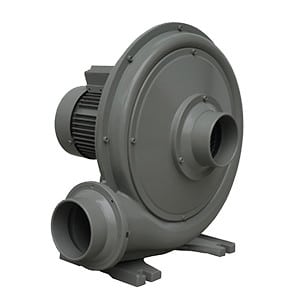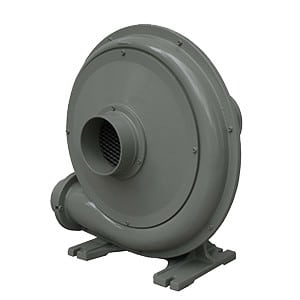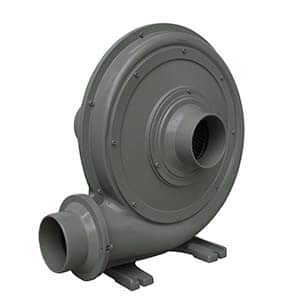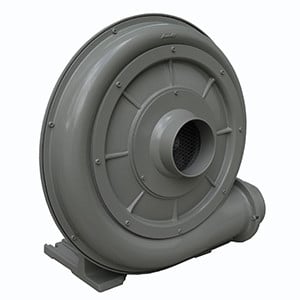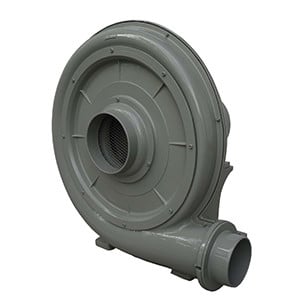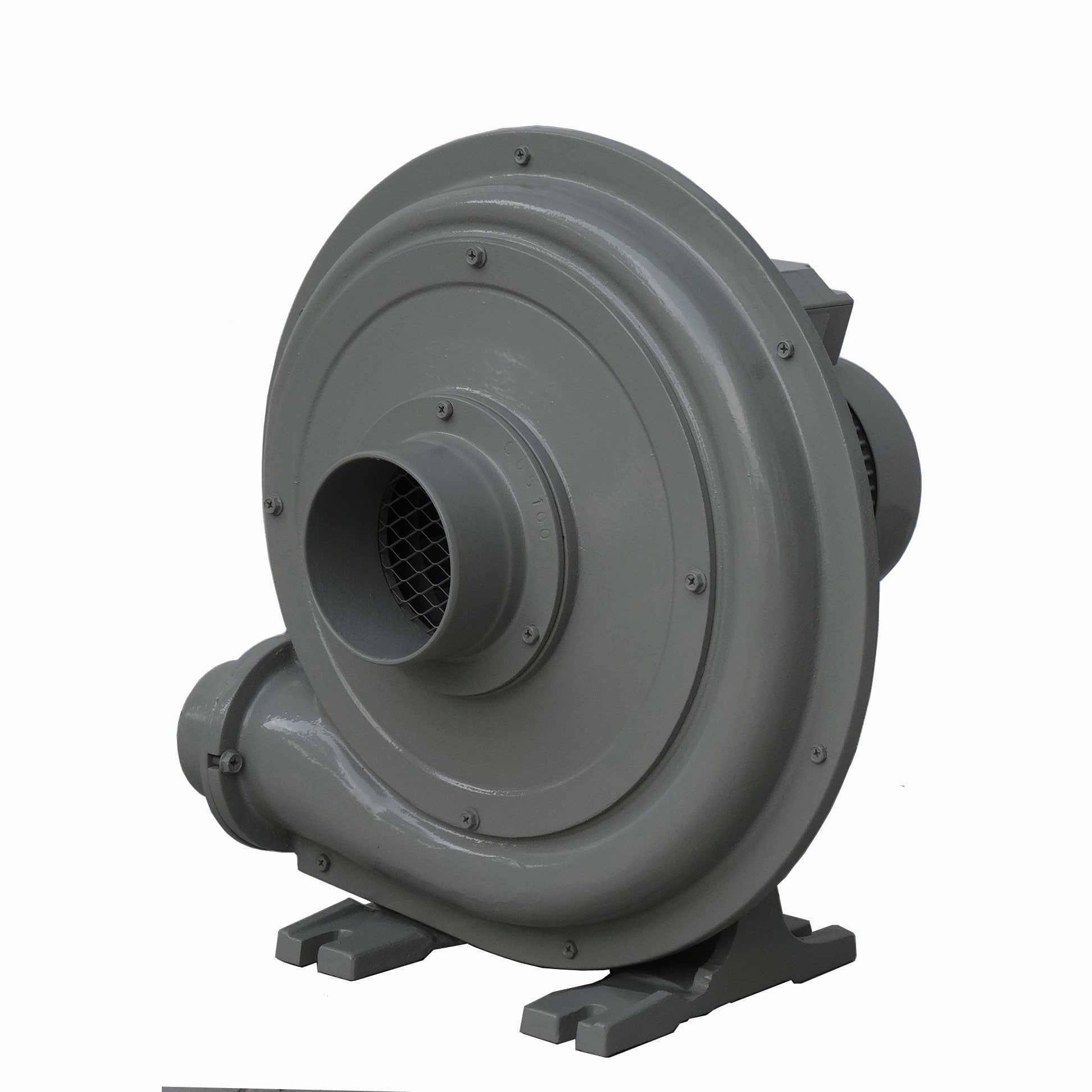The three motor controller types—AC drive, soft starter, and contactor—are used to control electric motors but serve different purposes and operate differently. Here’s an overview of each: 
- AC Drive (Variable Frequency Drive, or VFD)
- Purpose: Controls the speed and torque of an AC motor by varying the motor’s input voltage and frequency.
- How it Works:
- Converts incoming AC power to DC, then back to a variable AC output with adjustable voltage and frequency using Pulse Width Modulation (PWM).
- Allows precise control of motor speed and torque.
- Common Applications:
- HVAC systems (fans, pumps, chillers).
- Conveyors, mixers, and other equipment requiring variable speed operation.
- Advantages:
- Energy-efficient, especially in variable-load applications.
- Reduces mechanical stress by providing smooth acceleration and deceleration.
- Improves process control by enabling speed adjustment.
- Limitations:
- Higher initial cost.
- Requires more complex installation and maintenance compared to simpler controllers.
- Soft Starter
- Purpose: Gradually starts and stops an AC motor by reducing the initial voltage applied, minimizing inrush current and mechanical stress.
- How it Works:
- Uses thyristors or silicon-controlled rectifiers (SCRs) to control the voltage applied to the motor during startup.
- Once the motor reaches full speed, the soft starter is bypassed, and the motor runs directly from the line.
- Common Applications:
- Pumps and compressors.
- Applications where reducing mechanical stress and voltage sags is critical.
- Advantages:
- Reduces wear and tear on motors and mechanical components.
- Lower cost than AC drives.
- Simple and reliable for fixed-speed applications.
- Limitations:
- Does not allow speed control (fixed-speed operation only).
- Limited ability to manage torque after startup.
- Contactor
- Purpose: Acts as an on/off switch for electric motors or other high-power devices.
- How it Works:
- An electromagnetic coil is energized to close or open contacts, allowing or interrupting current flow to the motor.
- Common Applications:
- On/off motor control in simple systems.
- Lighting, heating, or other non-variable equipment control.
- Advantages:
- Simple and cost-effective.
- Robust and suitable for basic applications.
- Limitations:
- Does not provide soft start, speed control, or overload protection.
- High inrush currents during startup can cause mechanical and electrical stress.
Comparison of Features
| Feature | AC Drive (VFD) | Soft Starter | Contactor |
| Speed Control | Yes | No | No |
| Soft Start | Yes | Yes | No |
| Energy Efficiency | High (variable load) | Moderate | Low |
| Mechanical Stress | Low | Low (at start/stop) | High |
| Cost | High | Moderate | Low |
| Complexity | High | Moderate | Low |
Choosing the Right Controller
- Use an AC Drive for applications requiring variable speed control and high energy efficiency.
- Choose a Soft Starter for applications needing reduced mechanical stress and inrush current but operating at a fixed speed.
- Opt for a Contactor in simple, on/off motor control scenarios where cost is a key factor, and there are no specific requirements for speed or stress reduction.




